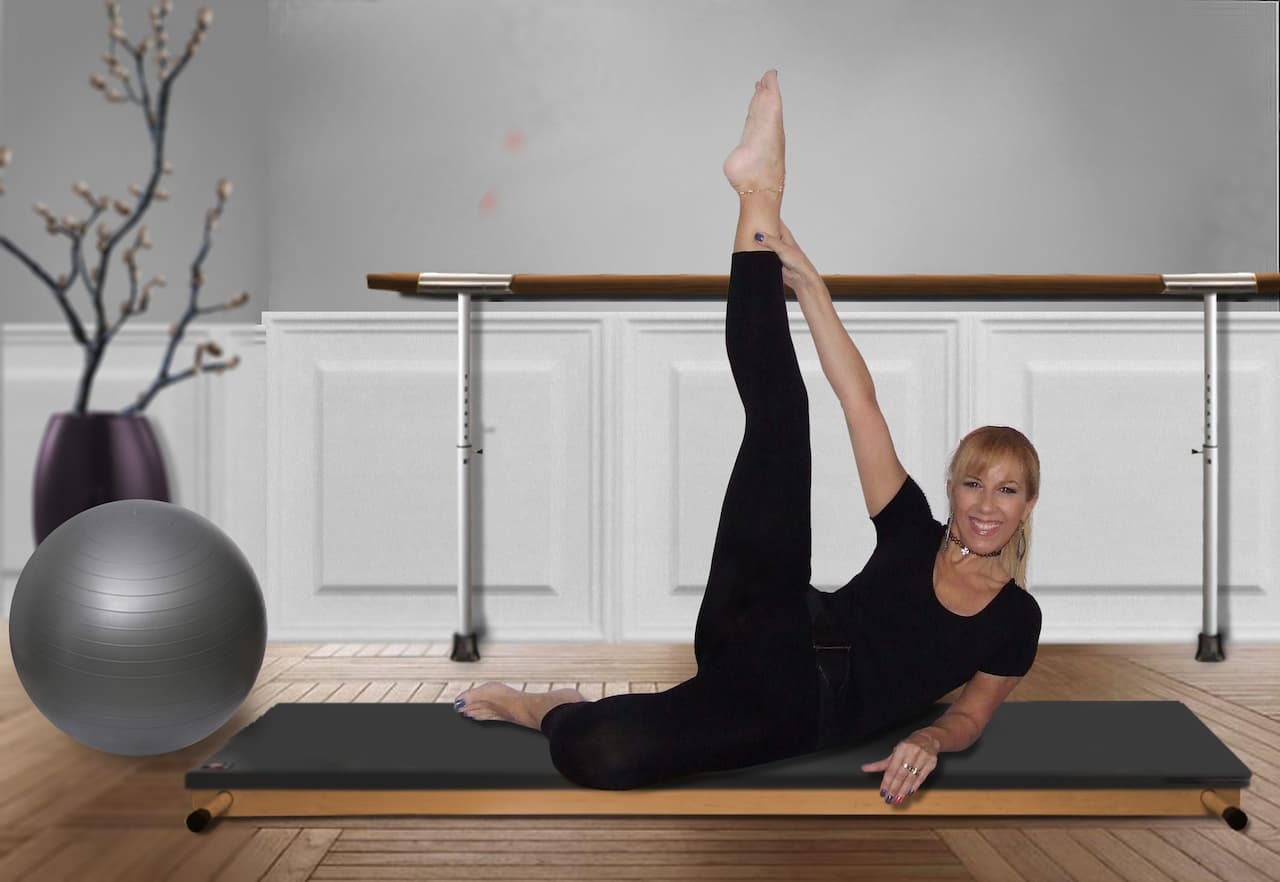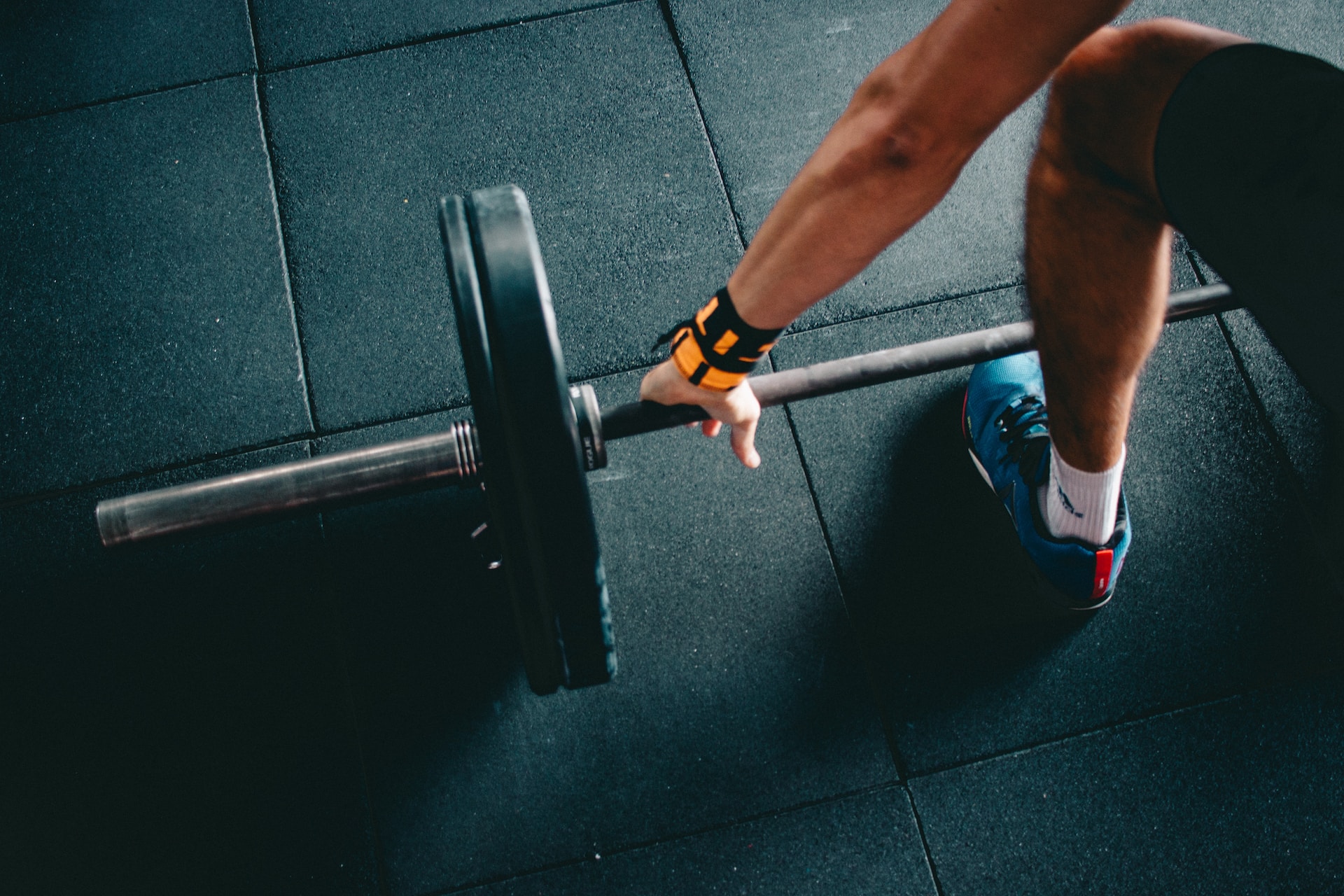In this article, we will tell you how different types of activity affect the heart, how much and how to train so as not to overdo it.
Why physical activity is good for the heart
Physical activity supports and improves health: positively affects cognitive function, sleep, reduces the risk of depression and anxiety, helps maintain a normal weight and improves quality of life. And, most importantly, it improves heart function and prolongs life.
How exactly movement helps the cardiovascular system:
• Prevents the development of atherosclerosis: with a decrease in body weight, blood pressure and cholesterol levels in the blood normalize, insulin sensitivity improves and the risk of developing type 2 diabetes decreases.
• Prevents thrombosis.
• Improves the function of the endothelium lining the vessels – increases the synthesis of nitric oxide and its bioavailability, improves the balance of oxidants and antioxidants in the vascular wall. Nitric oxide, an important molecule for the cardiovascular system, is responsible for the tone of the vascular wall, prevents platelet activation, and prevents leukocytes from sticking to the inner surface of blood vessels.
• It has anti-inflammatory, anti-ischemic and antiarrhythmic effect.
At the cellular level, regular exercise helps you make optimal use of energy and increases resistance to oxidative stress.
It is thanks to these effects that those who move enough are less likely to suffer from heart attacks and strokes, arterial hypertension, die less often from cardiovascular diseases, live longer and have a higher quality of life.
Unfortunately, only 19% of women and 26% of men move enough. A sedentary lifestyle is widespread: one in four people in the world move less than necessary, and this figure is growing.
Different types of physical activity and their effect on the heart
To achieve the positive effects of movement, you must follow at least the minimum recommendations for physical activity.
But when you read the recommendations, keep in mind that “physical activity” and “training” are not the same thing. Let’s figure out how the concepts differ and how it will help to fulfill the norms for loads.
Physical activity is body movement caused by skeletal muscle contraction that increases energy expenditure above baseline. This is any physical activity: professional, domestic, for the purpose of moving, active recreation. In addition, any physical activity can be of different intensity.
Workout is planned, structured, repetitive, and purposeful physical activity to maintain or improve physical fitness.
And physical activity is the effect that various physical activities produce on the human body.
The main types of physical activity: cardio and strength, and there are also workouts for balance, flexibility, coordination, stretching and many others.
Cardio load
During cardio training, the heart rate increases and aerobic activity predominates. If this happens regularly, the heart and blood vessels adapt to physical activity – as a result, the entire cardiovascular system is trained.
Through aerobic activity:
• decrease in heart rate and blood pressure at rest and during exercise;
• the need of a cardiac muscle for oxygen decreases;
• increases the contractility of the heart muscle;
• increased peripheral venous tone;
• there are favorable changes in the fibrinolytic system, which fights blood clots;
• due to the increase in the synthesis of nitric oxide, there is a better blood supply to the tissues due to the expansion of the diameter of the vessels;
• increases parasympathetic tone, which reduces the impact of stress on the body at the neurophysiological level, decreases heart rate and blood pressure;
• improves coronary blood flow due to the development of collateral vessels – additional “connections” between the arteries of the heart.
Power load
Strength training helps strengthen muscles: this can come from dynamic work, such as in weightlifting, or static work, such as gymnastics and yoga. Strength exercises can be performed with the help of sports equipment, simulators and your own weight.
Strength training improves psycho-emotional state, sleep, cognitive abilities, helps to cope with depression. They also improve body composition, increase muscle mass and reduce fat, including visceral fat.
Excess visceral fat is a risk factor for the development of metabolic syndrome, diabetes mellitus, chronic systemic inflammation, and, as a result, heart disease.
Strength training increases the anaerobic capacity of the body, but can also work on aerobic capacity and increase endurance, especially in untrained people.
For those who have not exercised for a long time or never, or who are recovering from an illness, it is recommended to start the training program with simple strength exercises in order to develop the minimum strength necessary for subsequent work.
Other activities:
Other types of activity are also good for the heart. For example, yoga, which includes asanas, breathwork, relaxation and meditation.
Such activity is beneficial because it helps to relieve psychosocial stress (related to work or family), calm down and reduce the risks of depression and anxiety disorders due to the activation of the parasympathetic nervous system. All of these conditions are associated with an increased risk of cardiovascular disease.
Studies show that yoga has a positive effect on cardiometabolic health: it helps to control weight, blood pressure, lipid levels. Yoga helps to better control atrial fibrillation, heart failure, and other conditions.
In addition, yoga, stretching, Pilates, and other similar activities can encourage healthy habits that positively impact cardiovascular health.
Different types of yoga emphasize different components of activity and can be classified as low to moderate (rarely high) intensity physical activity.
Tai chi, a martial art – and now a type of health activity – combines an aerobic component and relaxation. Therefore, it is also called “meditation in motion.” For people with heart problems, tai chi improves quality of life and reduces levels of stress, anxiety and depression, a new study has found.
Yoga, tai chi develop flexibility and balance. They do not directly affect heart health, but they do benefit musculoskeletal health by preventing muscle and joint pain and helping to maintain mobility.
Good musculoskeletal health allows you to perform aerobic and strength exercises, the benefits of which for the heart are obvious. It is important that the development of flexibility, stretching and balance prevents falls and injuries during training and in everyday activities.
Excessive exercise is not good for heart health
The official guidelines do not specify an upper limit for healthy physical activity. However, they do contain a warning about the risks of injury and health problems if high-intensity training is abused.
Long-term endurance exercise is associated with an increased risk of anxiety and depression, adverse changes in the structure of the heart and arteries, which can lead to consequences up to serious arrhythmias.
Constant training and competition in extreme sports can cause negative cardiovascular effects. We are talking about marathons, ultramarathons, Ironman triathlon, long-distance cycling races, etc.
Other studies on excessive exercise:
In a study involving patients who had a myocardial infarction, they observed how the intensity and duration of training affect health for more than a decade. Observations have shown that running and walking reduce the risk of cardiovascular death, but the benefits of exercise for the same purposes are reduced at high levels of physical activity: running more than 7.1 km / day or brisk walking more than 10.7 km / day.
Another study in patients with coronary artery disease showed that both physically inactive patients and patients with daily intense physical activity had an increased risk of death from cardiovascular causes compared with patients with moderate physical activity.
—
Physical activity is a crucial part of maintaining a healthy lifestyle. It has been shown to have many benefits for heart health, reducing the risk of cardiovascular disease, lowering blood pressure and cholesterol levels, and improving blood sugar control.
Physical activity doesn’t just benefit the body. It also helps the mind by reducing stress, anxiety, and depression while increasing self-confidence and self-esteem.
The benefits of physical activity are undeniable. It’s time to get active!



